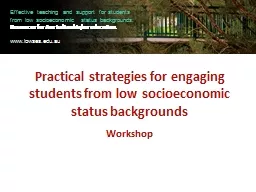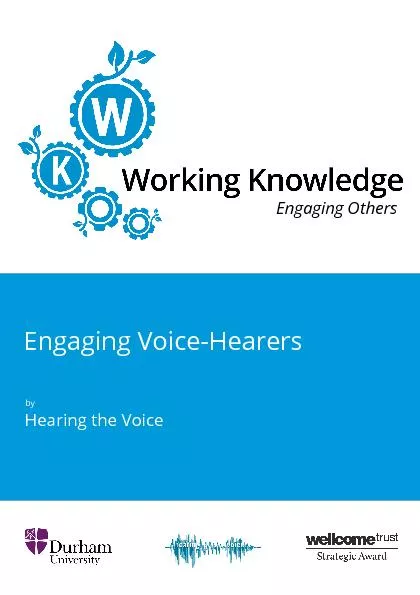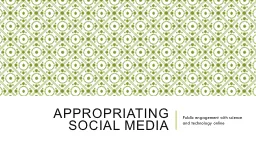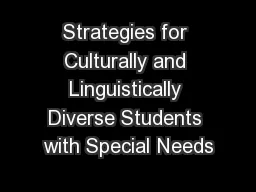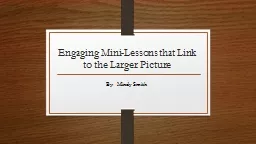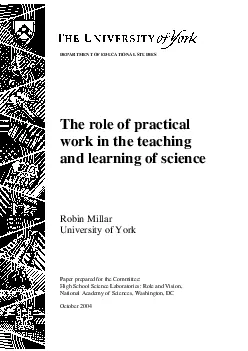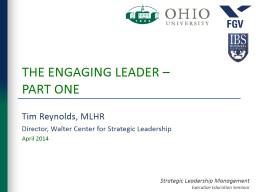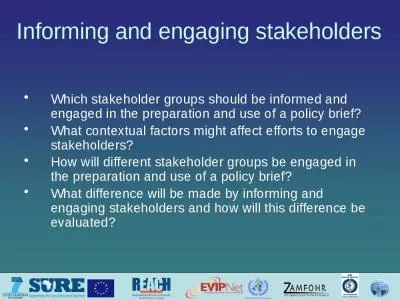PPT-Practical strategies for engaging students from low socioec
Author : cheryl-pisano | Published Date : 2015-09-21
Workshop Effective teaching and support for students from low socioeconomic status backgrounds Resources for Australian higher education wwwlowseseduau Overview
Presentation Embed Code
Download Presentation
Download Presentation The PPT/PDF document "Practical strategies for engaging studen..." is the property of its rightful owner. Permission is granted to download and print the materials on this website for personal, non-commercial use only, and to display it on your personal computer provided you do not modify the materials and that you retain all copyright notices contained in the materials. By downloading content from our website, you accept the terms of this agreement.
Practical strategies for engaging students from low socioec: Transcript
Download Rules Of Document
"Practical strategies for engaging students from low socioec"The content belongs to its owner. You may download and print it for personal use, without modification, and keep all copyright notices. By downloading, you agree to these terms.
Related Documents

